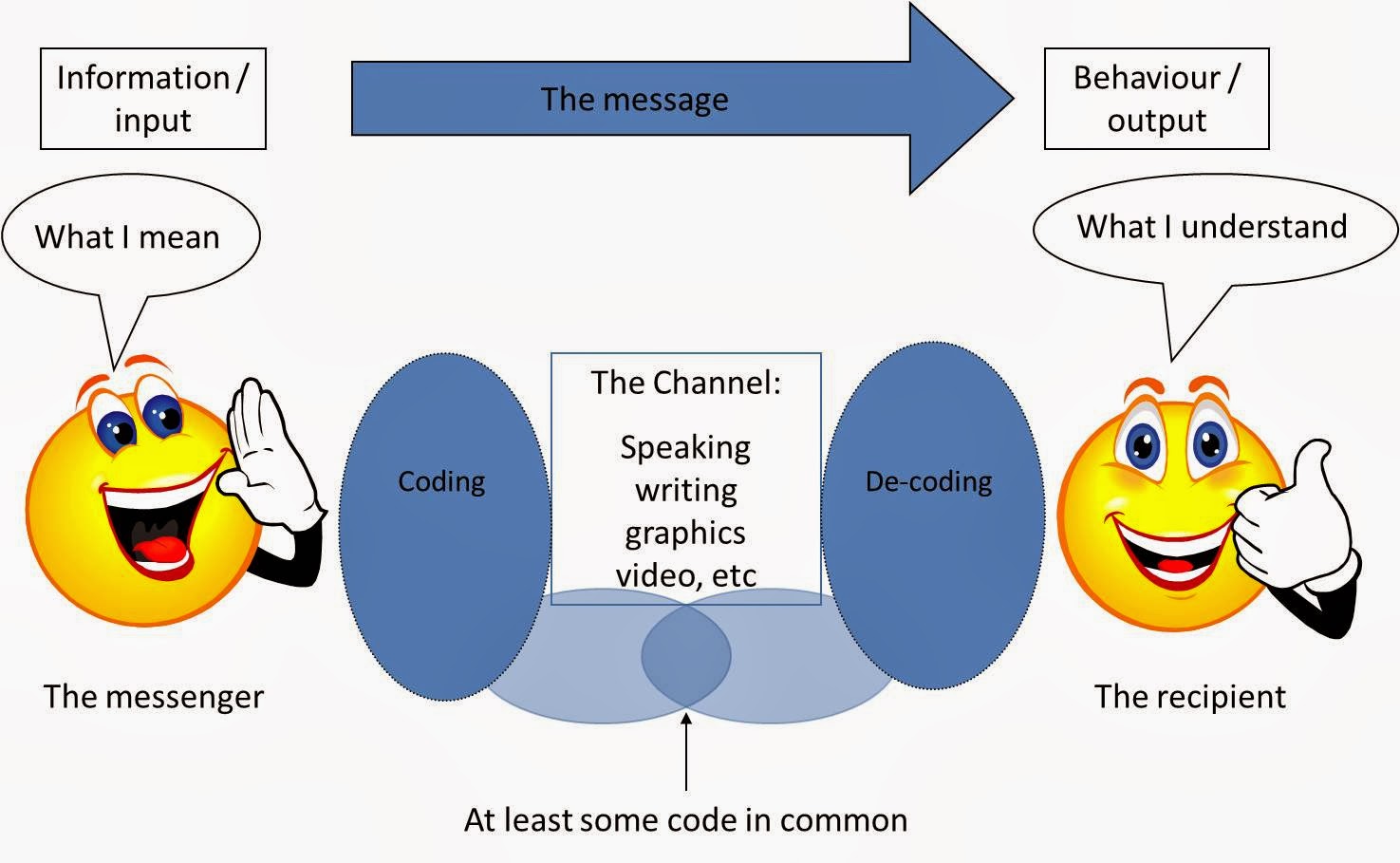Factors related to Motivation: Information, Social Factors, Emotional Factors, Family Influence and Classroom Ethos
Motivation plays a crucial role in students' learning process, shaping their educational journey and determining the heights they can achieve. It's a complex, multifaceted phenomenon influenced by various factors, including information, social factors, emotional factors, family influence, and classroom ethos. Understanding these elements can help students harness their inner drive, overcome challenges, and realize their full potential. Let's delve into each factor, providing three examples and explaining their significance in a student's life.
1. Information
Access to Resources: Easy access to books, internet resources, and educational materials can significantly boost a student's motivation. For instance, a student researching a project on renewable energy sources finds an extensive database online. This wealth of information excites them, fuels their curiosity, and motivates them to delve deeper into the topic.
Clarity of Goals: Understanding the objectives of a course or assignment can significantly influence a student's motivation. When a teacher clearly outlines the goals of a science fair project, students are more likely to engage deeply with the work, aiming to meet or exceed these expectations.
Feedback: Constructive feedback from teachers can guide students in their learning process, showing them where they stand and what steps they need to take to improve. For example, students who receive specific suggestions on enhancing their essay writing skills feel motivated to apply these tips and see tangible improvement in their work.
2. Social Factors
Peer Influence: Peers play a significant role in a student's motivation. When students see their classmates engaging enthusiastically in a group project on environmental conservation, their interest and participation levels are likely to increase, driven by camaraderie and shared purpose.
Collaborative Learning: Working in groups can enhance understanding and retention of information, making learning a more enjoyable and motivating experience. For instance, a study group for a mathematics course allows students to solve complex problems together, making the learning process feel more attainable and less daunting.
Role Models: Teachers, older students, or community leaders who exemplify dedication and passion for a subject can inspire students. A guest speaker who is a scientist sharing exciting discoveries and personal anecdotes about their research journey can ignite a student's passion for science.
3. Emotional Factors
Confidence: Success in small tasks can build a student's confidence, encouraging them to take on more challenging tasks. For example, mastering a particularly tough algebra problem can motivate students to tackle more complex equations bolstered by the belief in their own capabilities.
Interest: Personal interest in a subject can drive a student to explore it further. A student fascinated by ancient history might spend hours reading beyond the curriculum, driven by genuine enthusiasm and curiosity.
Fear of Failure: While often seen negatively, a moderate fear of failure can motivate students to work harder to avoid disappointing outcomes. A student anxious about performing well in exams might be encouraged to prepare early, ensuring they cover all necessary material.
4. Family Influence
Parental Support: Encouragement and support from parents can significantly impact a student's motivation. When parents show genuine interest in their child's education, such as by asking about their school day or offering help with homework, it reinforces the value of learning.
Expectations: High but realistic expectations from family members can motivate students to strive for excellence. For instance, a student whose parents expect them to maintain good grades may work diligently to meet these expectations, seeing them as a sign of trust and belief in their abilities.
Educational Environment at Home: A home environment that prioritizes learning, with access to books and quiet study spaces, can enhance a student's motivation. For example, students with a designated study area will likely find it easier to concentrate on homework and study for exams.
5. Classroom Ethos
Teacher Enthusiasm: Teachers who are passionate about their subjects can transmit this enthusiasm to their students. A biology teacher who uses interactive experiments to demonstrate concepts can make learning more engaging and inspire students to know more about the subject independently.
Inclusive Environment: A classroom that values every student's contributions and fosters a sense of belonging can motivate students to participate more actively. For example, a teacher encouraging all students to share their thoughts on a novel being studied in class can make everyone feel valued and eager to contribute.
Innovative Teaching Methods: Employing various teaching methods, such as project-based learning, digital tools, and field trips, can cater to different learning styles and interests, keeping students engaged and motivated. For instance, a history class visiting a museum to see artefacts firsthand can bring the subject to life, sparking curiosity and motivation to learn more.
In conclusion, motivation is not a one-size-fits-all concept; it is profoundly personal and influenced by many factors. By recognizing and understanding these factors, students can find ways to fuel their motivation, educators can create more engaging learning environments, and parents can support their children's educational journeys more effectively. Each of these elements plays a vital role in shaping a student's attitude towards learning, driving them to explore, grow, and achieve their dreams.



Comments
Post a Comment